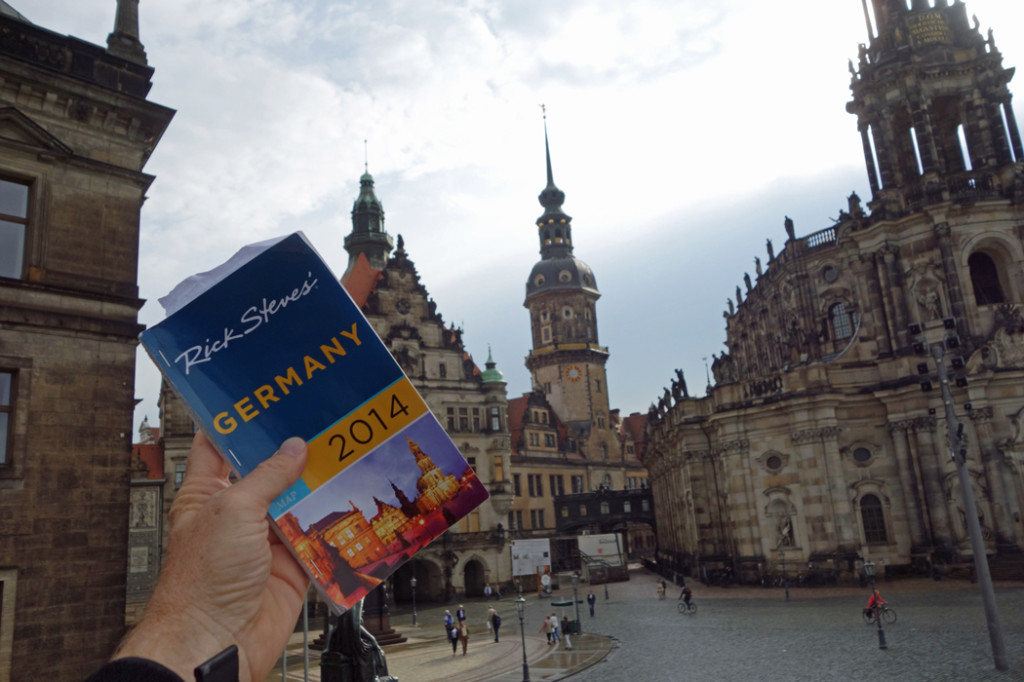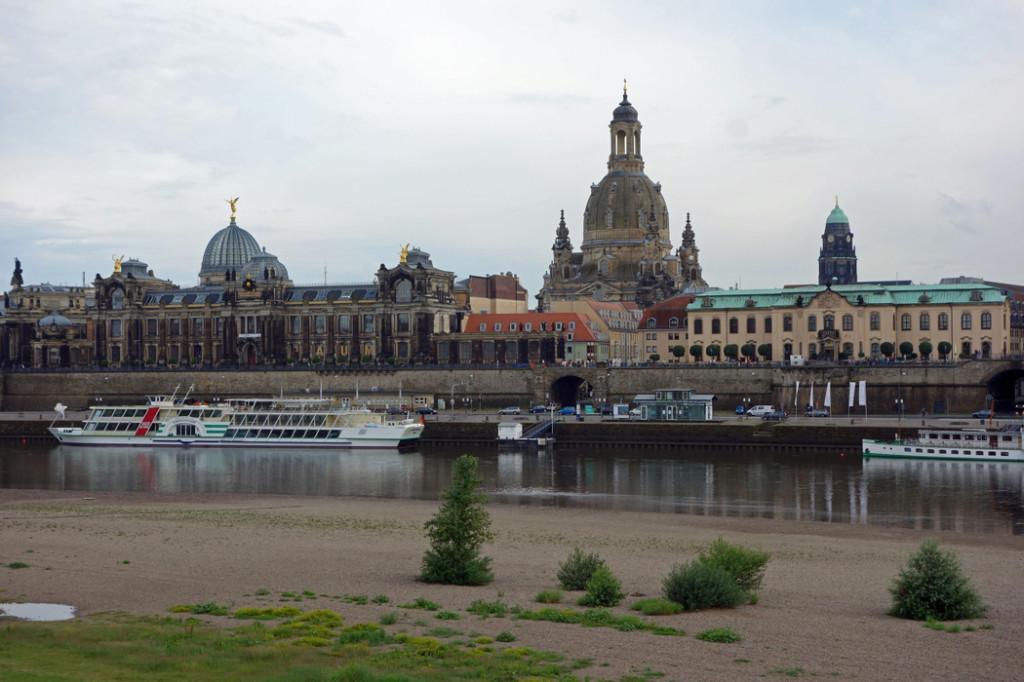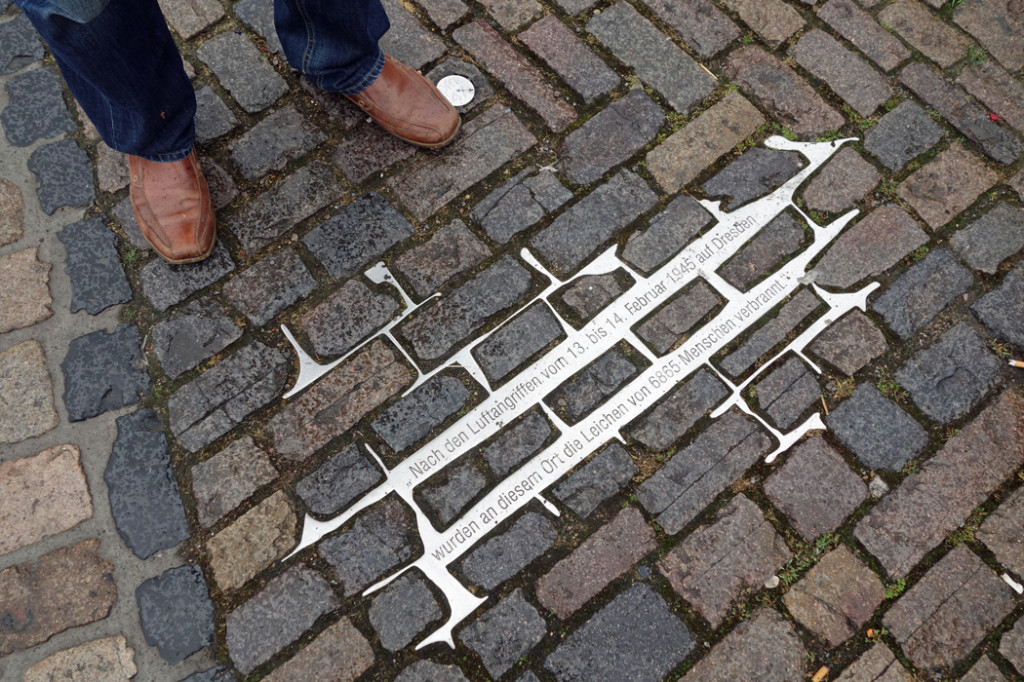The intriguing and fun city of Dresden, Germany, winds up on far fewer American itineraries than it deserves to. Don’t make that mistake.
Dresden surprises visitors with fanciful Baroque architecture in a delightful-to-stroll cityscape, a dynamic history that mingles tragedy with inspiration, and some of the best museum-going in Germany. A generation ago, Dresden was a dreary East German burg, but today it’s a young and vibrant city, crawling with proud locals, cheery tourists, and happy-go-lucky students who have no memory of communism.
At the peak of its power in the 18th century, Dresden, the capital of Saxony, ruled most of present-day Poland and eastern Germany from the banks of the Elbe River. Its king imported artists from all over Europe, peppering his city with fine Baroque buildings and filling his treasury with lavish jewels and artwork. Dresden’s grand architecture and dedication to the arts — along with the gently rolling hills surrounding the city — earned it the nickname “Florence on the Elbe.”
But most people know Dresden for its most tragic chapter: On the night of February 13, 1945 — just months before the end of World War II — Allied warplanes dropped firebombs on the city. Dresden was bombed so hard that a rare firestorm was created — a hellish weather system that ends up sucking much of the city into its fiery center… and oblivion.
Rising above the cityscape is the handbell-shaped dome of the Frauenkirche (Church of our Lady)–the symbol and soul of the city. When completed in 1743, this was Germany’s tallest Protestant church (310 feet high). After the war, the Frauenkirche was left a pile of rubble and turned into a peace monument. Only after reunification was the decision made to rebuild it, completely and painstakingly. It reopened to the public in 2005. Crowning the new church is a shiny bronze cross–a copy of the original and a gift from the British people in 2000, on the 55th anniversary of the bombing. It was crafted by an English coppersmith whose father had dropped bombs on the church that fateful night.
Today Dresden is rebuilt, full of life, and wide-open for visitors. I love strolling Dresden’s delightful promenade. Enjoying its perch overlooking the river, you hardly notice it was once a defensive rampart. In the early 1800s, it was turned into a public park, with a leafy canopy of linden trees, and was given the odd nickname “The Balcony of Europe.” Dresden claims to have the world’s largest and oldest fleet of historic paddleboat steamers. A few of its nine riverboats from the 19th century are ready to take visitors for a ride.
 It’s fun to bump into scenes that made it on a guidebook cover.
It’s fun to bump into scenes that made it on a guidebook cover.
 Dresden’s waterfront promenade — the so-called “Balcony of Europe,” seen here from across the river — is a delight.
Dresden’s waterfront promenade — the so-called “Balcony of Europe,” seen here from across the river — is a delight.
 I find visiting the rebuilt Frauenkirche very poignant. Inside stands the church’s twisted old cross, which fell 300 feet and burned in the rubble. Lost until restorers uncovered it from the pile of stones in 1993, it stands exactly on the place where it was found — still relatively intact.
I find visiting the rebuilt Frauenkirche very poignant. Inside stands the church’s twisted old cross, which fell 300 feet and burned in the rubble. Lost until restorers uncovered it from the pile of stones in 1993, it stands exactly on the place where it was found — still relatively intact.
 Dresden is a city where the heritage of destruction is hard to ignore. I’ll never forget standing on the Old Market Square… just another square. Then, looking down at the pavement, I saw an inscription that read, “After the air attack on Dresden on February 13-14 1945, the corpses of 6,865 people were burned on this spot.” Carved on a piece of granite above that was a simple statement: “We brought the war to the world, and ultimately it came home to us.”
Dresden is a city where the heritage of destruction is hard to ignore. I’ll never forget standing on the Old Market Square… just another square. Then, looking down at the pavement, I saw an inscription that read, “After the air attack on Dresden on February 13-14 1945, the corpses of 6,865 people were burned on this spot.” Carved on a piece of granite above that was a simple statement: “We brought the war to the world, and ultimately it came home to us.”